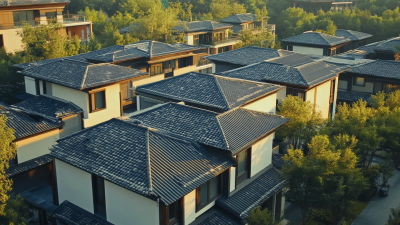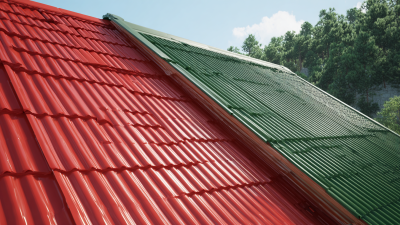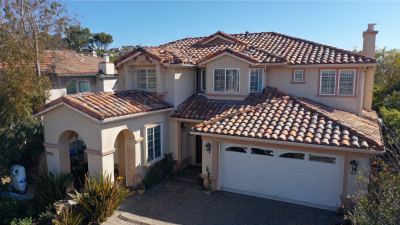
Leave Your Message
-
Phone
-
E-mail
-
Whatsapp

The construction industry is undergoing a significant transformation driven by innovative trends in Roof Sheets Manufacture, aiming to enhance sustainability and efficiency. According to a report by MarketsandMarkets, the global roofing materials market is projected to reach USD 154.8 billion by 2027, growing at a CAGR of 5.5%. This growth is fueled by the rising demand for sustainable building solutions that reduce environmental impact.
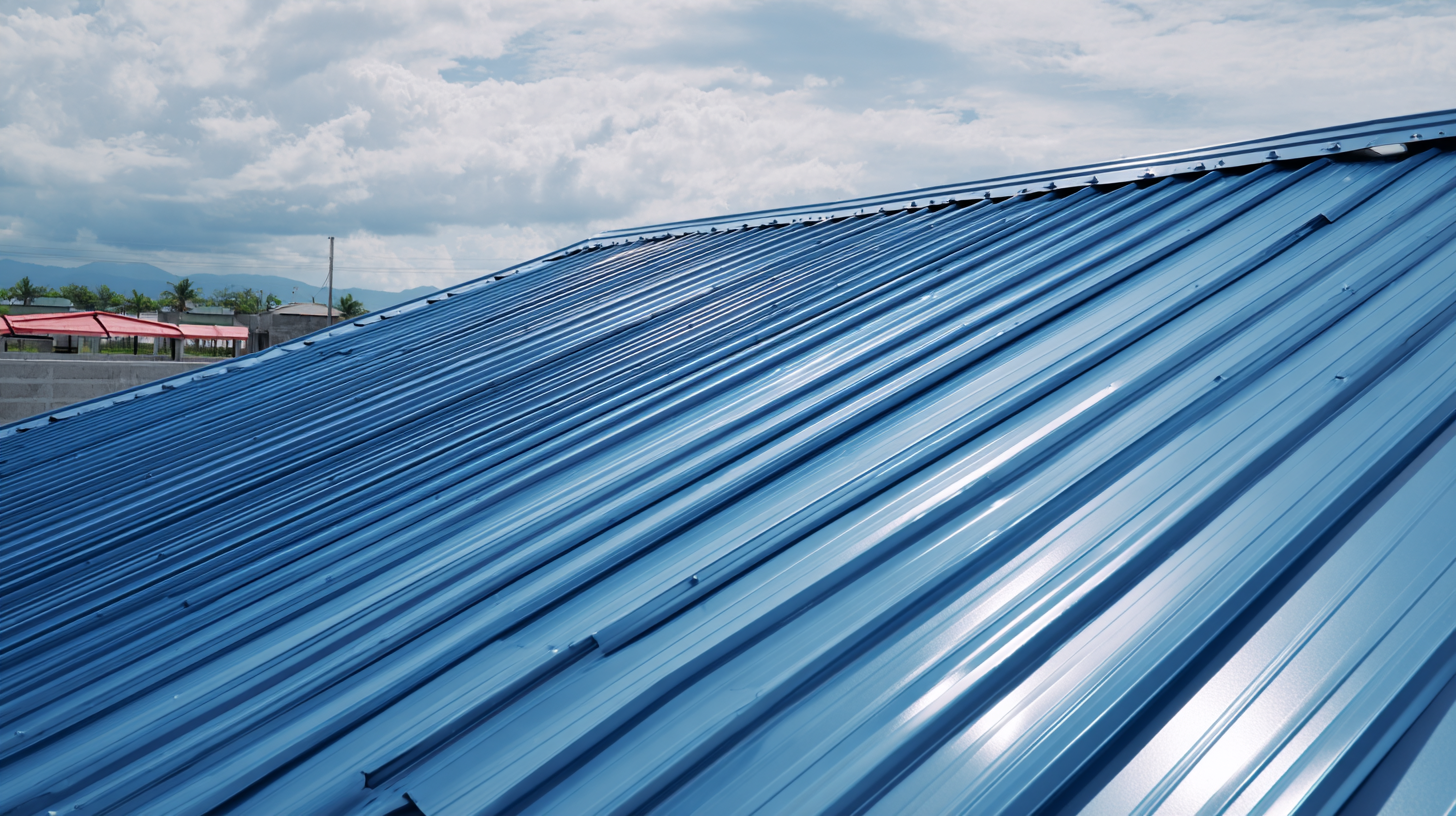 Recent advancements in roof sheet technologies, such as the incorporation of recycled materials and energy-efficient coatings, not only improve the lifespan and performance of roofing systems but also contribute to lower energy consumption, thereby aligning with global sustainability goals. As the industry moves towards greener practices, Roof Sheets Manufacture is positioned at the forefront of this revolution, providing innovative solutions that meet the evolving needs of construction professionals and eco-conscious clients alike.
Recent advancements in roof sheet technologies, such as the incorporation of recycled materials and energy-efficient coatings, not only improve the lifespan and performance of roofing systems but also contribute to lower energy consumption, thereby aligning with global sustainability goals. As the industry moves towards greener practices, Roof Sheets Manufacture is positioned at the forefront of this revolution, providing innovative solutions that meet the evolving needs of construction professionals and eco-conscious clients alike.
The emergence of innovative materials is significantly transforming roof sheet production, driving sustainability and efficiency in the construction industry. As highlighted by recent studies, incorporating industrial waste materials like coal ash and glass into roof tiles can dramatically reduce the carbon footprint associated with traditional roofing products. A large-scale trial demonstrated that these sustainable roof tiles not only minimize environmental impact but also increase the durability and performance of roofing systems, aligning with modern sustainable construction practices.
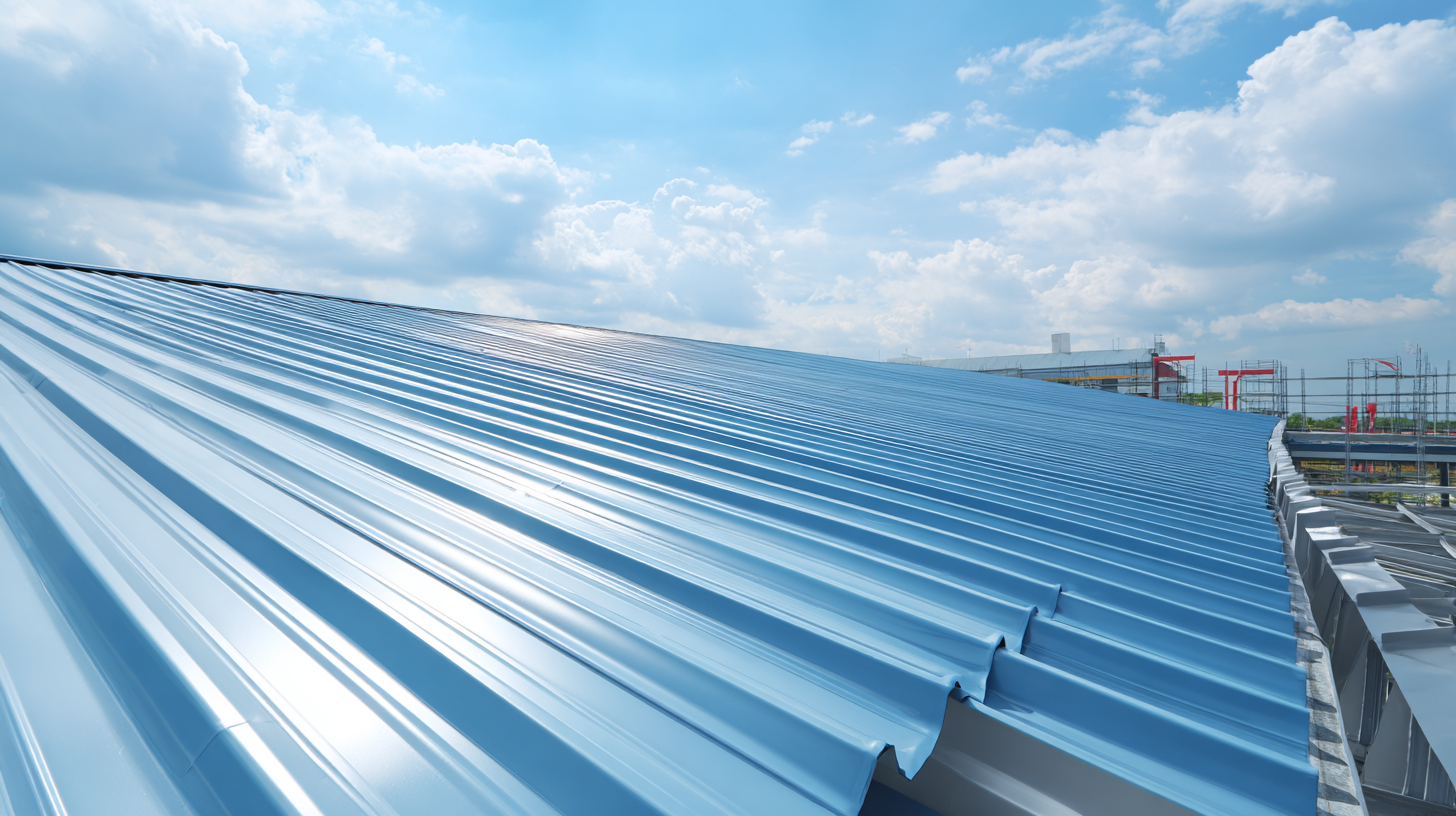
Additionally, companies are exploring alternative materials to standard plywood and oriented strand board (OSB) for roofing applications. For instance, designers have developed sheet materials from woodland waste, showcasing how the industry can leverage natural byproducts to create efficient and eco-friendly building solutions. With recent reports indicating that the North American steel roofing market is expected to grow significantly, the integration of recycled steel as a roof sheet material represents a move towards more sustainable construction practices. These advancements underscore the critical shift towards materials that not only enhance the longevity and resilience of building structures but also contribute to a greener future for construction.
The integration of advanced technology in roof sheet manufacturing is reshaping the construction industry by driving sustainability and efficiency. Techniques such as automated production and precision cutting have emerged as key components in creating high-quality roof sheets that minimize waste and energy consumption. By adopting smart manufacturing processes, manufacturers can reduce their environmental footprint while improving the performance and longevity of roofing materials.
Tips: Consider investing in energy-efficient equipment that utilizes the latest technology, such as computer numerical control (CNC) systems, to enhance precision and reduce waste during production. Additionally, exploring the use of renewable energy sources in manufacturing can further contribute to sustainability goals.
Furthermore, the rise of building-integrated photovoltaic (BIPV) systems shows how integrating solar technologies into roofing can yield dual benefits of energy generation and insulation. These systems not only improve thermal comfort for occupants but also help in lowering the overall energy costs of buildings. Emphasizing this integration in roof sheet design reflects a significant trend towards eco-friendly construction practices.
Tips: When designing roof sheets, incorporate features that allow for easy integration with BIPV systems, ensuring that they cater to future energy needs while enhancing architectural aesthetics.
The construction industry is witnessing a remarkable shift towards sustainable building materials, with cost-efficient roof sheet designs taking center stage. Innovative designs not only enhance aesthetic appeal but also contribute significantly to energy efficiency and sustainability. With advancements in material technology, newer roof sheets are becoming lightweight yet robust, offering durability while reducing overall structural costs. This evolution ensures that construction projects are not only budget-friendly but also environmentally responsible.
**Tips:** When selecting roof sheets for your building project, consider materials that possess energy-efficient qualities to lower long-term energy costs. Additionally, explore suppliers who offer customizable solutions that fit your design and functional needs.
Furthermore, the increasing focus on sustainability in roof sheet manufacture is complemented by a surge in startups dedicated to crafting eco-friendly alternatives. By integrating advanced manufacturing techniques, these companies are redefining roof sheets, making them an integral part of not just protecting structures but also contributing to a greener built environment.
**Tips:** Stay updated on the latest innovations in roofing materials to ensure your projects align with sustainable practices. Engaging with industry trends can also provide insights into future-proofing your investments.
The modern construction industry is increasingly prioritizing sustainability, and roof sheet manufacture plays a pivotal role in this transition. A recent report from the International Institute of Building Materials indicates that roofing materials contribute approximately 20% of total construction waste. As a response, innovative roof sheet solutions are being developed that enhance recyclability. For example, metal roofing products can be recycled at the end of their life cycle, with over 90% of materials recoverable, drastically reducing environmental impact compared to traditional asphalt shingles, which typically end up in landfills.
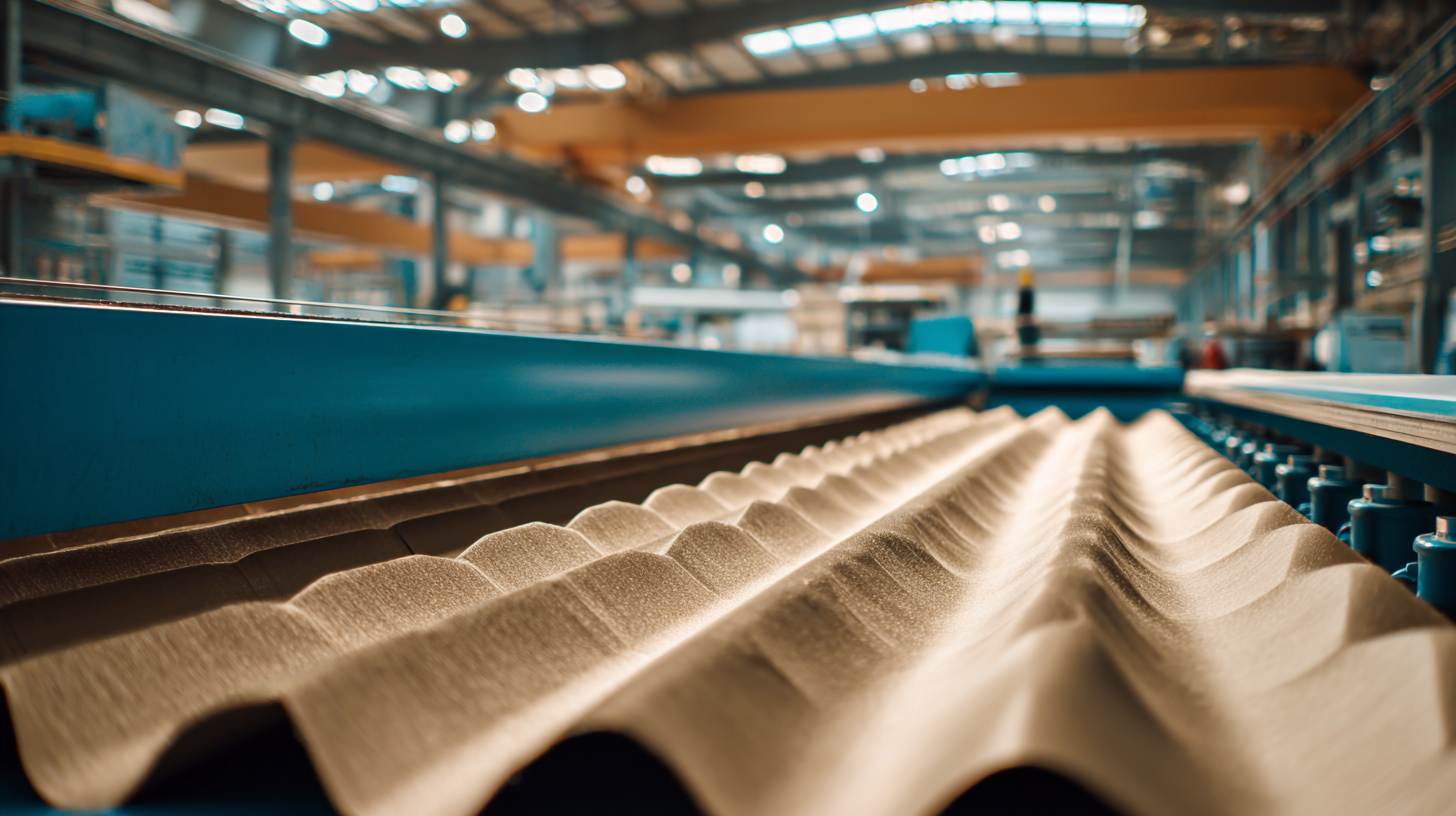
Moreover, advancements in manufacturing technologies are enabling the production of roof sheets with lower environmental footprints. According to a study published in the Journal of Sustainable Construction, eco-friendly roofing materials can reduce energy consumption during production by as much as 30%. This reduction not only supports sustainability but also aids in improving energy efficiency in buildings, thereby aligning with global initiatives for reducing carbon emissions. As the construction industry evolves, the integration of recyclability and minimal environmental impact within roof sheet solutions will be essential for meeting both regulatory standards and consumer demand for responsible building practices.
The construction industry is increasingly leaning towards sustainability, with innovative trends in energy-efficient roof sheet manufacturing leading the charge. Recent studies indicate that buildings are responsible for approximately 40% of global energy consumption, making energy-efficient roofing solutions critical in reducing overall energy demands. The incorporation of reflective materials in roof sheets can lower rooftop temperatures significantly, consequently decreasing cooling loads on HVAC systems by up to 20%. This reduction not only promotes energy savings but also extends the lifespan of roofing materials.
Moreover, advancements in materials such as thermoplastic polyolefin (TPO) and ethylene propylene diene monomer (EPDM) have revolutionized roof sheet production. According to a report by Research and Markets, the global market for energy-efficient roofing is projected to reach USD 48.2 billion by 2027, growing at a CAGR of 4.8%. These materials not only enhance thermal performance but also improve environmental sustainability by using recycled components and reducing landfill waste. In alignment with green building standards, builders are now more than ever investing in roofing solutions that embody both efficiency and sustainability, paving the way for a greener future in construction.


